Burghead dig unearths Pictish longhouse
- Published
The dig at Burghead began in 2015
Archaeologists have uncovered important new details of a Pictish settlement at Burghead Fort.
Evidence of a longhouse has been found at the site, near Lossiemouth in Moray, along with a coin which is 1,100 years old.
The University of Aberdeen archaeologists had feared 19th-Century development would have destroyed remains.
They now hope the site will reveal more significant findings.
It is thought the Burghead Fort was a significant seat of power within the Pictish kingdom, between AD500 and AD1000.

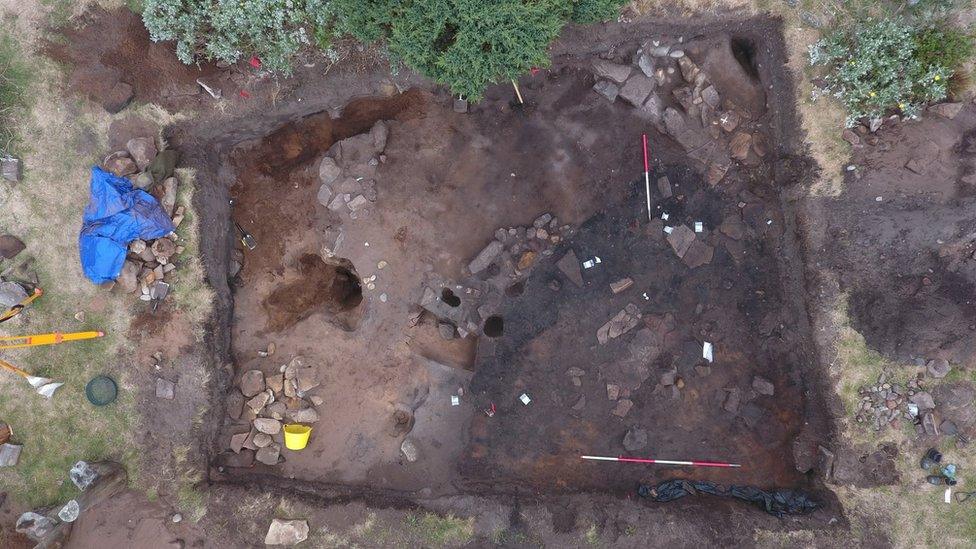
Burghead is thought to have been one of the key royal centres of Northern Pictland
The team from Aberdeen university began their dig in 2015.
They said the longhouse they found could provide vital clues about the character of Pictish domestic architecture and the nature of life at major forts such as Burghead.
Senior lecturer Dr Gordon Noble said: "The assumption has always been that there was nothing left at Burghead, that it was all trashed in the 19th Century but nobody's really looked at the interior to see if there's anything that survives inside the fort.
"But beneath the 19th Century debris, we have started to find significant Pictish remains. We appear to have found a Pictish longhouse.
"This is important because Burghead is likely to have been one of the key royal centres of Northern Pictland and understanding the nature of settlement within the fort is key to understanding how power was materialised within these important fortified sites."
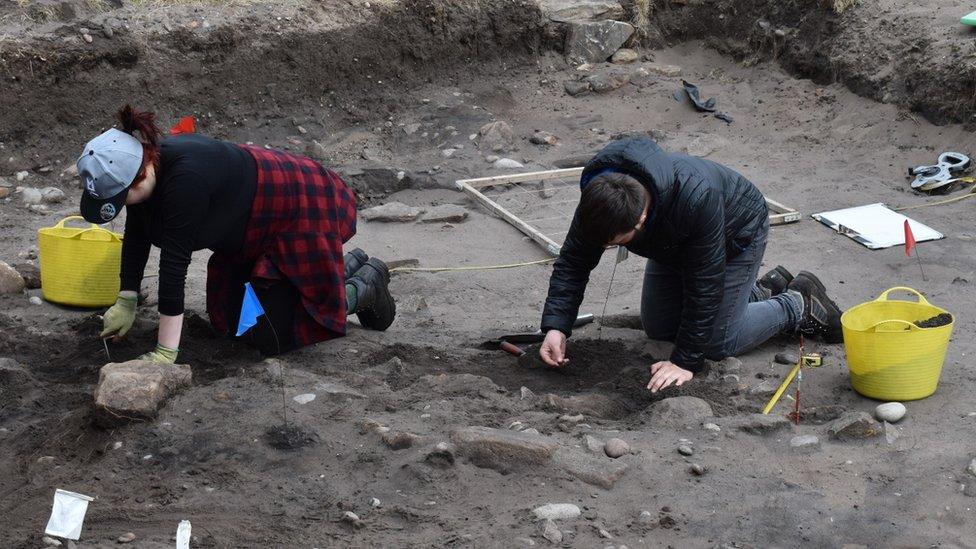
The team say the uncovering of a longhouse is a significant piece of evidence

The Alfred the Great coin helps date use of the fort
Within the floor area of the longhouse, an Anglo-Saxon coin of Alfred the Great was found.
The team said this dated back to the 9th Century, when Viking raiders and settlers were leading to major changes within Pictish society.
"There is a lovely stone-built hearth in one end of the building and the Anglo-Saxon coin shows the building dates towards the end of the use of the fort based on previous dating," Dr Noble said.
"The coin is also interesting as it shows that the fort occupants were able to tap into long-distance trade networks. The coin is also pierced, perhaps for wearing; it shows that the occupants of the fort in this non-monetary economy literally wore their wealth."
'Just incredible'
The dig has been carried out in conjunction with Burghead Headline Trust, with support from Aberdeenshire Council Archaeology Service.
Bruce Mann, of Aberdeenshire Council, said: "Burghead Fort has long been recognised as being an important seat of power during the early Medieval period and is known as the largest fort of its type in Scotland.
"Its significance has just increased again though with this discovery. The fact that we have surviving buildings and floor levels from this date is just incredible, and the university's work is shedding light on what is too often mistakenly called the 'Dark Ages'."
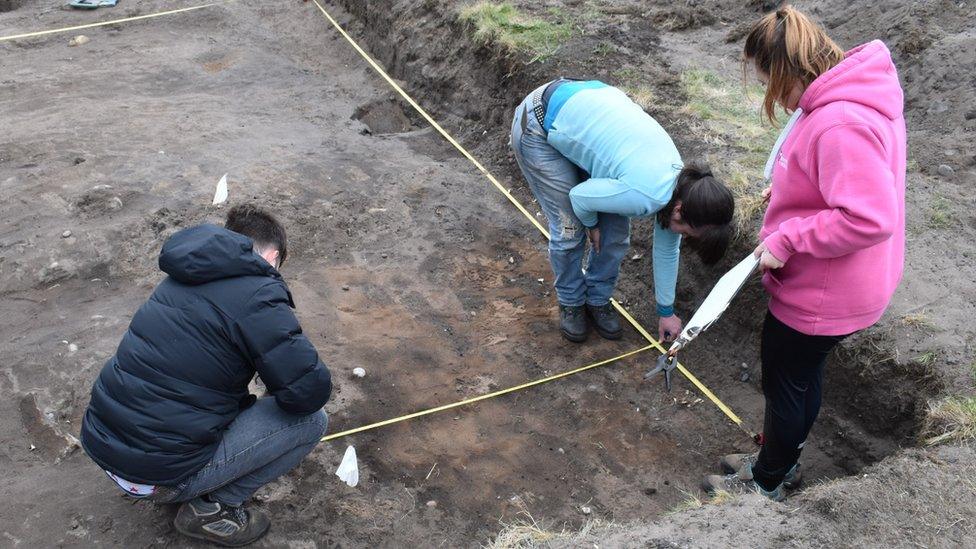
Archaeologists hope further discoveries will be made at Burghead
- Published24 June 2017

- Published17 February 2017
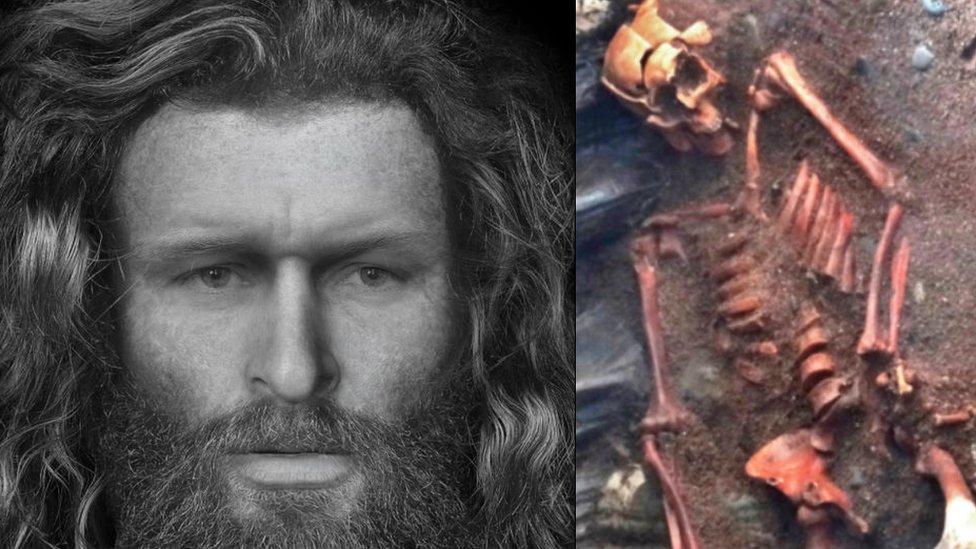
- Published29 November 2016

- Published28 October 2016
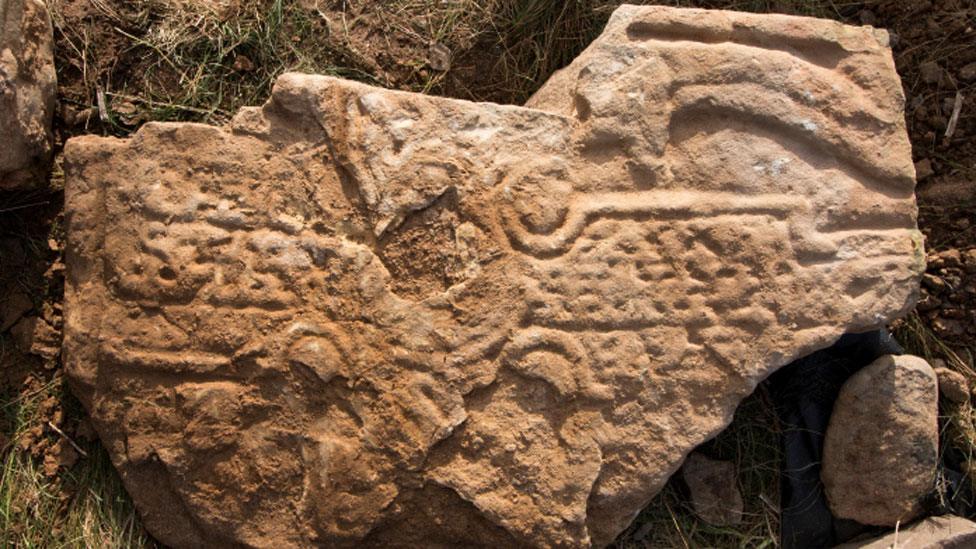
- Published28 July 2015
